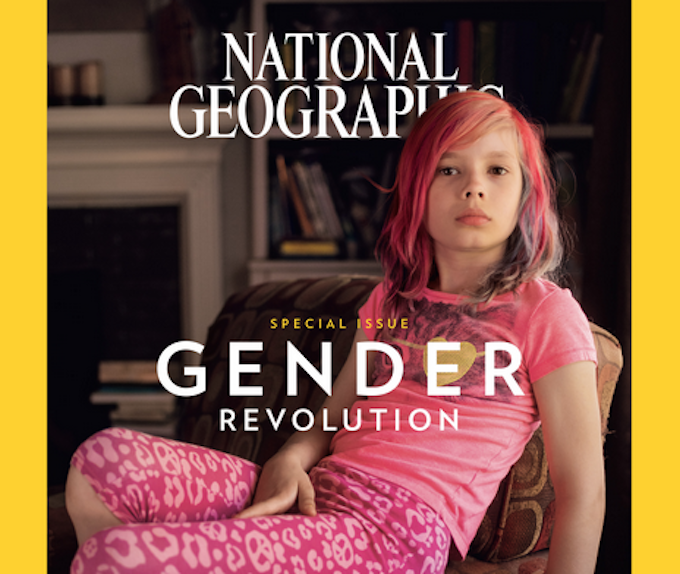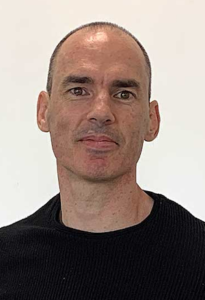
Asia Pacific Report newsdesk
Internationally acclaimed documentary photographer Robin Hammond recently made a visit to the Wellington campus of Massey University to meet with his former lecturers and students, reports Massey University News.
Hammond’s work focuses on amplifying the stories of marginalised groups through visual storytelling and has graced the covers of National Geographic and Time magazine.
He shared stories from his career as a photojournalist and his not-for-profit organisation Witness Change with students in a guest lecture and student workshop.

Hammond studied an “intensive” two-year Diploma in Photography at the Wellington School of Design, graduating in 2001, and was welcomed into Toi Rauwhārangi College of Creative Arts’ Hall of Fame Te Pae Tātāriki in 2014.
He credits his photography diploma with exposing him to what photography could do.
“When I started studying I knew that I vaguely liked photography and maybe there could be a job at the end of it, but the lecturers exposed us to the work of some of the really committed photojournalists who were working on social change issues and I was really inspired by that,” he says.
“Within two or three months of being at Massey I knew that was the direction I wanted to go.
‘Most exciting years’
“I have to say that was probably two of the most exciting years of my life. I don’t think it’s an understatement to say that I was taught to literally see the world differently.
“It really opened my eyes to a new possibility for what my life could be. I totally credit the passion of the lecturers for photography and a big part of that was exposing me to the work that had come before me from traditional photojournalism practice and they [the lecturers] have always been a constant encouragement.”
After graduating, Hammond worked at the New Zealand Listener before moving to London. His first job was scanning negatives in the basement of a photo agency, during the time when photography was moving from film to digital.
“I got a job in the north of England at a photo agency and that was probably my real start, and has been my only actual salaried job as a photographer.
“It was an amazing and steep learning curve in that I was doing two, three, four jobs a day, every day, working six or seven days a week – it was a real sweat shop, but it was an amazing learning opportunity.”
Hammond has gone on to win multiple awards including two World Press Photo prizes, the RF Kennedy Journalism Award, six Pictures of the Year International Awards, the W. Eugene Smith Award for Humanistic Photography, six Amnesty International awards for Human Rights journalism and was named by Foreign Policy as one of the 100 Leading Global Thinkers in 2015.
He says getting his work first published in National Geographic and on the covers of National Geographic and Time magazine were huge career milestones, as was winning the W. Eugene Smith award in 2013.
‘Massive influence’
“I remember very clearly when it was announced that I [had] won, his work was a massive influence on me. Like a lot of artists I suffer from imposter syndrome, and I think having my work recognised at that level when I knew that some of the best photojournalists in the world have won that award really made me feel that maybe I could do something with my work,” he says.
His not-for-profit organisation Witness Change was created to amplify the voices of marginalised groups. At the moment, it has three main areas of focus: Where Love is Illegal, for LGBTQ+ people who live in countries where who they are or who they love makes them illegal; In My World, which focuses on mental health stories around the world and amplifies the voices of people living with mental health conditions; and 1000 Dreams, a refugee project which is stories about/by refugees in order for refugees to take back control of the narratives of their lives.
The organisation relies on volunteers from all over the world and organisations who offer their services pro-bono.
Hammond says for him, doing this work is his obligation as a privileged person.
“I was largely motivated to found Witness Change out of frustration. I had covered some really important work for some of the biggest newspapers in the world but I didn’t see that translated into change for the people whose lives I was documenting.
“I was deeply moved by their stories and felt a level of obligation to them and I realised that raising awareness wasn’t necessarily going to be enough.
“I had to have this much more change-focused approach to the storytelling. And I had to be able to ensure that if there were other people who were moved like me by these people’s situations, that they had an avenue to be able to support them because I think the great injustice of our world is that your health/life outcomes comes down to essentially an accident of where you’re born.
‘It’s an obligation’
“I don’t feel like what I do is a good thing, I feel it’s an obligation that I have to carry out in order to support people that I meet in my work.”
He will stay in New Zealand until July with his wife and 16-month-old child while they spend time with family, before returning to the United Kingdom to carry on the 1000 Dreams project.
“That will keep us going for the rest of the year,” he says. He also has ongoing work as part of a grant from the National Geographic Society, and some more mental health work in South Sudan.
“Every time I come back to New Zealand I try to get in touch with my lecturers and do workshops like this. The world of photography is pretty small really. It’s amazing just being back here.
“This place definitely holds a special place in my heart and I feel the roots of my career started here.”











































